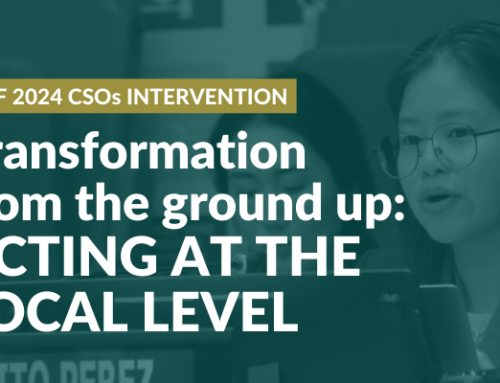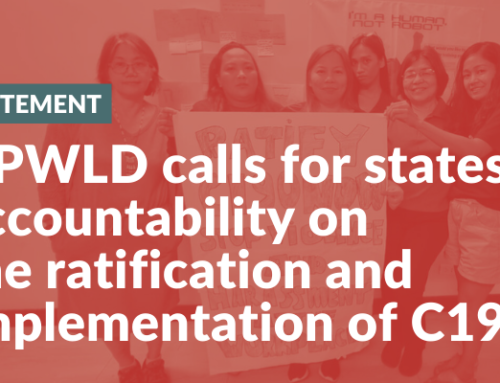For many of us, climate change is a condition that we are experiencing through long droughts, heavy rainfalls, more typhoons, heatwaves, floods, wildfires, sea level rise and other drastic weather phenomena. The climate is changing. We are witnessing failures in crop harvesting and food production pushing farmers into devastating situations. Similarly, drastic climate change impacts women who walk longer to fetch water; find food and fuel exposing them to greater health and safety risks. Entire communities are displaced because their livelihoods have been destroyed from loss of farm lands to coastal areas being encroached by the sea. As the global temperature keeps rising we will face a worsening climate crisis threatening our very existence on this planet.
We need to keep the global temperature increase below 1.5 degrees Celsius to have a fighting chance of survival. Higher temperatures would increase prolonged droughts and wipe out crops; increase water scarcity; collapse biodiversity; melting of glaciers such as in the
Himalayas glaciers will affect water for 240 million people; rising oceans risk inundating more Pacific islands and cause more intense and frequent hurricanes, floods and wildfires all across the world. The governments meet once a year for a global climate conference, the Conference of Parties (COP) as well as many other national and regional climate meetings to address the impacts of climate change. Every now and then we hear that a lot of money is needed to halt global warming, to move to a low-carbon economy for developing countries, and to increase our resilience against climate change. However, many of us do not precisely know what any of this means.
This publication is an attempt to unpack ‘Climate Finance’, one of the most crucial issues of addressing climate change and crisis by supporting measures and initiatives to mitigate and adapt to increase climate resilience. The publication is also an introduction and overview of the global climate finance architecture. The objectives are to inform activists on the complexity of climate finance and trigger interest to further engage with climate finance funds. It is critical to mobilise greater CSO participation in the operations of these climate funds because billions of dollars are being channeled to our countries in the name of combating climate change and helping our communities to strengthen their climate resilience. Whether this finance does ensure the protection of the poor, marginalised and vulnerable communities or not, it requires transparent, independent, and accountable oversight and monitoring. We need to work together to ensure that the finance is used to support climate affected peoples, protect human rights and the environment. A deepened understanding of climate finance will enhance our climate advocacy skills and strengthen our advocacy on climate and gender justice.
You can download the climate finance briefer here.





